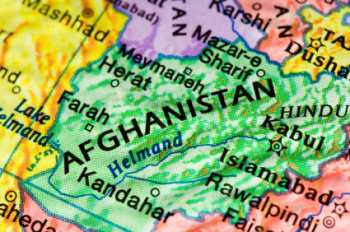Nearly nine years into the war, US forces in Afghanistan have seen several changes in official message, several escalations, and innumerable changes to the rules of engagement. Throughout all of this is a constant aversion to civilian casualties by the leadership.
 “Without firing a weapon, the enemy can set back our efforts significantly,” warned Gen. Stanley McChrystal, and other Pentagon officials have called civilian deaths both a strategic and public relations problem. Every high profile civilian killing comes with a pledge to change the rules of engagement to prevent it from happening again.
“Without firing a weapon, the enemy can set back our efforts significantly,” warned Gen. Stanley McChrystal, and other Pentagon officials have called civilian deaths both a strategic and public relations problem. Every high profile civilian killing comes with a pledge to change the rules of engagement to prevent it from happening again.
But with troubling regularity, NATO troops continue to kill civilians, and kill them in really unplesant ways. This week’s killing involved NATO troops attacking a carload of students in Khost, then to add insult to injury they initially declared them “insurgents” before backing off that statement.
NATO’s weird sense of denial in these incidents is likely doing as much damage as the killings themselves. The troops had already confirmed that the slain children were all unarmed, and the attack had nothing to do with anything they did. The determination that they were “known insurgents” seemed wishful thinking.
Attacks along Afghanistan’s highways are the latest problem, but far from the only one. US air strikes killing civilians are still commonplace, as are the night raids that Gen. McChrystal has repeatedly promised to get under control.
All this has been a disastrous failure, and the number of civilians killed by NATO in the first quarter of 2010 was over double what it was in the first quarter of 2009.
Wikileaks seems poised to add to those woes, with a promise to release a video obtained from the Farah attack in May 2009. In that attack US planes bombed a number of homes in a small village then claimed all the dead civilians had been “pre-killed” by the Taliban. Eventually they conceded to killing some, but insisted they had no way of knowing civilians were in the area, and said no one will ever know how many were killed. As with the killings of the Reuters reporters in Iraq, this Wikileaks video may answer some of those questions.


